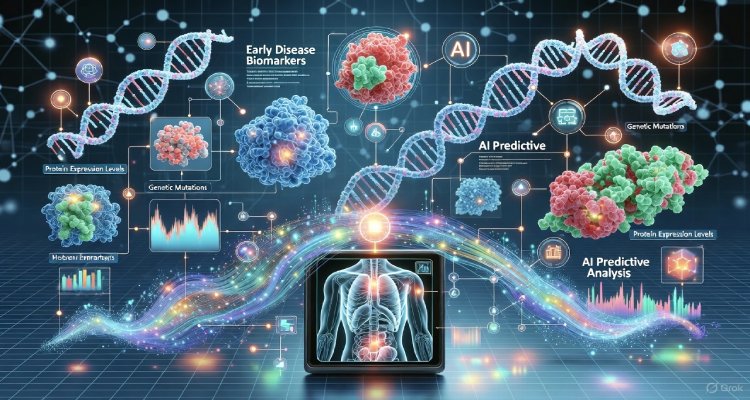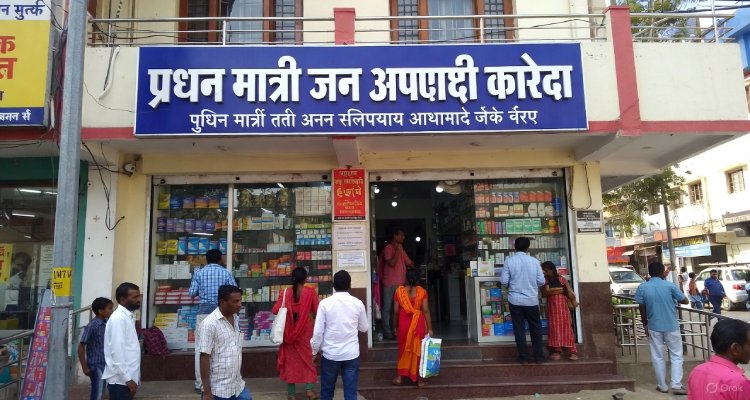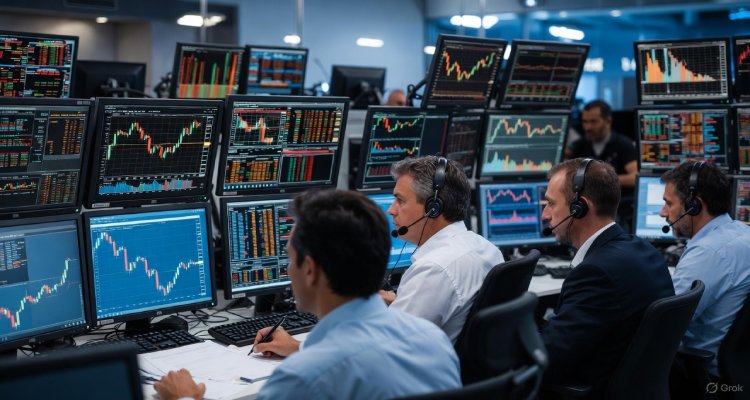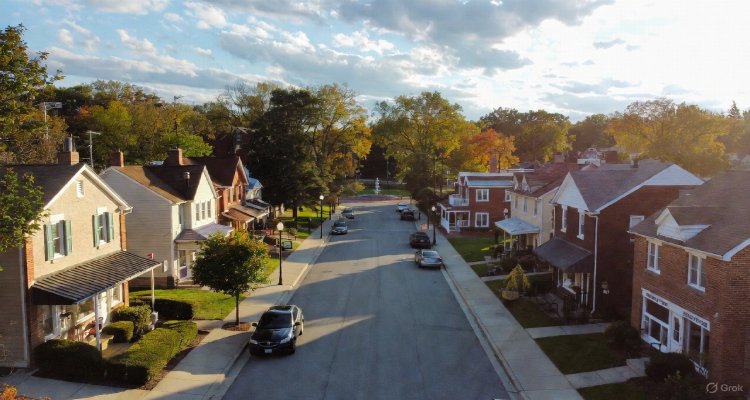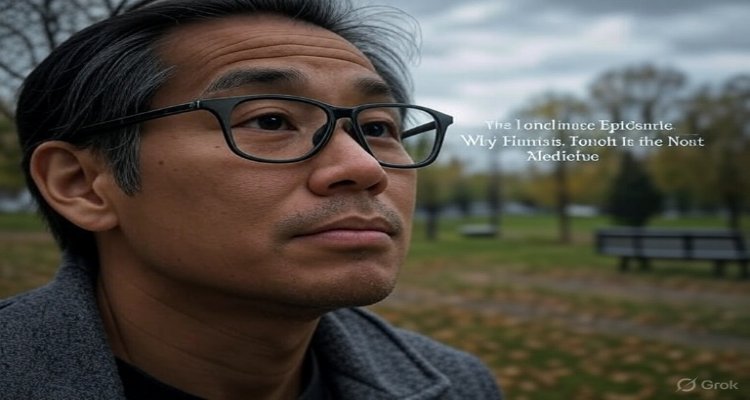The Loneliness Epidemic: Why Human Touch Is the Next Medicine
Loneliness is being called the next public health crisis. Discover why human touch may be the overlooked medicine we need to heal minds, bodies, and communities.
Introduction: A Silent Health Crisis
In an age where digital connections outnumber physical ones, countless people are more “connected” than ever—yet deeply alone. Scientists and policymakers now warn that loneliness has become a global epidemic, comparable to smoking or obesity in its impact on public health. Amid this alarming trend, researchers highlight something profoundly simple yet often forgotten: the healing power of human touch. Could this be the medicine modern society needs most?
Context & Background: How We Got Here
The 21st century has ushered in unprecedented technological and lifestyle changes. Social media and remote work, while convenient, have also stripped away many natural opportunities for in-person connection. Urban living, long work hours, and even cultural changes around family and community have intensified feelings of isolation.
The COVID-19 pandemic further magnified the problem. Lockdowns and social distancing—essential protective measures—left millions starved for contact. Studies from that period documented sharp rises in depression, anxiety, and stress tied directly to social and physical isolation. Many experts argue that we are now dealing with the “aftershocks” of prolonged loneliness.
Defining loneliness, health bodies like the World Health Organization (WHO) describe it as a subjective state of distress from a gap between desired relationships and actual connection. But while loneliness starts in the mind, it quickly ripples through the body—raising stress hormones, weakening the immune system, and raising risks for heart disease and cognitive decline.
Main Developments: Why Touch Matters
Why single out touch as today’s critical medicine? Neuroscience offers the clue. Human beings are biologically wired to thrive on physical contact. From the soothing hug of a parent to the reassuring handshake of a friend, touch activates the parasympathetic nervous system—the “rest and restore” response.
Research shows that safe, positive touch:
-
Reduces cortisol levels (the stress hormone)
-
Releases oxytocin, the “bonding hormone” linked to trust and empathy
-
Lowers blood pressure and heart rate
-
Strengthens immune responses
-
Improves sleep quality
Infants deprived of touch have historically shown slower developmental growth, while elderly individuals who receive regular, warm touch in care facilities often experience reduced depression and agitation. In other words, touch is not just emotional comfort—it is physiological necessity.
Expert Insight & Public Reaction
“Loneliness is a social pain, but it manifests like a biological wound,” says Dr. Julianne Holt-Lunstad, a leading psychologist studying loneliness and health. “What’s remarkable is how something as simple as safe, nurturing touch can act almost like a drug—rebalancing our nervous system and reinforcing trust.”
Healthcare professionals are noticing the same. A growing movement in hospitals emphasizes “compassionate touch” in patient care, recognizing that recovery isn’t only about medications or machines but also about warmth and reassurance.
Outside medicine, communities are responding, too. From “cuddle therapy” sessions in wellness centers to grassroots neighborhood meet-ups, people are seeking ways to restore tactile bonds. Some workplaces are experimenting with human-centered design that values in-person collaboration rather than screen-mediated interactions.
Public sentiment often echoes a longing for something lost. “I didn’t realize how important simple touch was until the pandemic,” says one 32-year-old remote worker. “A hug from a friend after years apart made me feel healthier than weeks of online socializing.”
Impact & Implications: What Happens Next?
The recognition of loneliness as a public health epidemic signals major shifts ahead. Governments, including the United Kingdom and Japan, have even appointed “Ministers of Loneliness” to address the growing crisis. In the U.S., the Surgeon General declared loneliness a “serious health threat” in 2023, comparing its dangers to smoking fifteen cigarettes a day.
If human touch is indeed a vital antidote, society faces both challenges and opportunities:
-
Healthcare Systems: Hospitals and caregiving facilities must prioritize human contact, integrating physical presence and touch where ethically and culturally appropriate.
-
Technology Balance: As digital life expands, deliberate strategies to ensure “real-life” human interaction are needed.
-
Work Culture: Remote and hybrid models should encourage in-person meetups to support emotional well-being.
-
Community Resilience: Programs that rebuild communal bonds—through sports, arts, volunteering, or intergenerational projects—may offer broader access to the “medicine of touch.”
Yet barriers remain. Cultural stigmas, fear of inappropriate contact, and generational gaps all complicate how touch can be normalized in safe, respectful ways. This means the path forward must combine awareness with empathy, education, and clear guidelines.
Conclusion: Rediscovering the Oldest Prescription
In the race for medical breakthroughs, society may be overlooking one of the most ancient and powerful medicines of all—human touch. Far from a luxury, touch is a biological requirement, as essential as food, water, or shelter.
As we confront the loneliness epidemic, the next frontier of medicine may not lie solely in laboratories or apps but in rediscovering each other—in a supportive hand squeeze, a comforting embrace, or a shared moment of presence. The future of health, it seems, may rest in the oldest form of healing humankind has ever known.
Disclaimer : This article is for informational and educational purposes only. It is not a substitute for medical advice, diagnosis, or treatment. Always seek professional guidance for health-related concerns.



